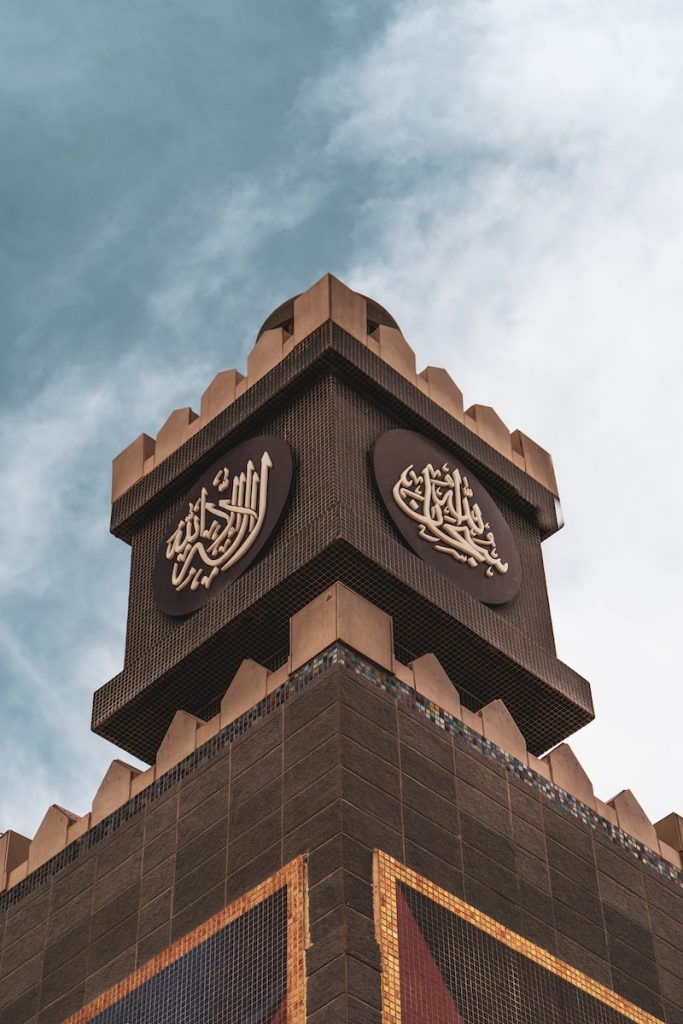The Rich Tapestry of Standard Arabic and its Dialects
The Arabic language (اللغة العربية translit.: al-luġhatu al-arabiyyatu) or simply Arabic is the fifth most spoken language in the world and the official language of over 20 countries. Apart from being the native language of over two hundred million speakers located primarily in Northern Africa and throughout the Middle East, Arabic is also the language of the holy book of Islam the Qur’an, therefore, it’s also the liturgical language used throughout the vast population of the Muslim world. It is also one of the six official languages of the United Nations, the official language of the Arab League, the Organization of Islamic Conference, and the official language of the African Union.
Navigating the Challenges of Arabic Language Learning

Arabic is considered a difficult language to learn. One of the reasons is that the term “Arabic” is used to describe three different forms of the same language:
- Classical Arabic: This type of Arabic refers to the language used in the Qur’an and classical literature. The vocabulary is rather Archaic and hard to understand. A similar comparison would be that Classical Arabic is more like Shakespearean English. Even most native speakers do not have a complete understanding of this type of Arabic that’s why it has been adapted as Modern Standard Arabic.
- Modern Standard Arabic: While Modern Standard Arabic (MSA) is no one’s native spoken language anymore, it is the form of Arabic taught in schools and used in formal contexts, and practically all written matter such as newspapers, books, sermons, radio and television, and the like. MSA is the most widely understood type of Arabic throughout Arabic-speaking countries and is used in conversations between educated Arabs from different countries.
- Colloquial Arabic: Also known as Dialectal Arabic refers to the many national or regional varieties derived from Classical Arabic, which constitute the everyday spoken language. Here is a study of the lexical distance of Arabic dialects
Arabic Calligraphy: The Artistic Splendor of the Written Word
Arabic calligraphy, a mesmerizing blend of artistry and language, traces its origins back to the 7th century, flourishing alongside Islam. Beyond mere words, it embodies a profound spiritual connection, with each stroke reflecting devotion and mindfulness. This art form, encompassing diverse styles like Naskh and Diwani, dances elegantly between tradition and innovation, gracing not only religious texts but also architectural wonders and decorative arts. Its cultural significance is paramount, adorning mosques and manuscripts, and unifying communities through shared appreciation. Arabic calligraphy breathes life into the language, transforming words into visual poetry, making it a vibrant, living entity that transcends linguistic boundaries. In its intricate curves and strokes, Arabic calligraphy invites viewers on a journey of exploration, celebrating the essence of the Arabic language and human creativity.
Conclusion
While the language used in the Qur’an serves as an elevated literary standard. Arabic has many sub-languages and widely varied dialects that Arabic speakers regularly use. These dialects are actually more like separate languages, as many varieties are mutually unintelligible. Arabic spoken in Morocco is as different from Arabic spoken in Egypt and from Modern Standard as French is from Spanish and Latin. When Arabs from different regions talk to each other, they either use the standard Arabic form or improvise a mix of Egyptian Arabic (which is widely understood because of Egypt’s movie industry), Modern Standard, and a bit of their own dialects.
Hi Jane, Thanks for your comments. I’m from Morocco, I try to keep everything listed w/in the website in Modern Standard Arabic since it’s the written and the most widely understood version throughout the Arab world.
Best,
Hi Rachid, I was just wondering where you’re from originally and what kind of arabic you speak?
Your website is fantanstic by the way 🙂
I love your site. Thank you very much for maintaining it.
Have you seen the free learning program called Anki? http://ankisrs.net
Would you be willing to add voice clips to a flash cards deck?